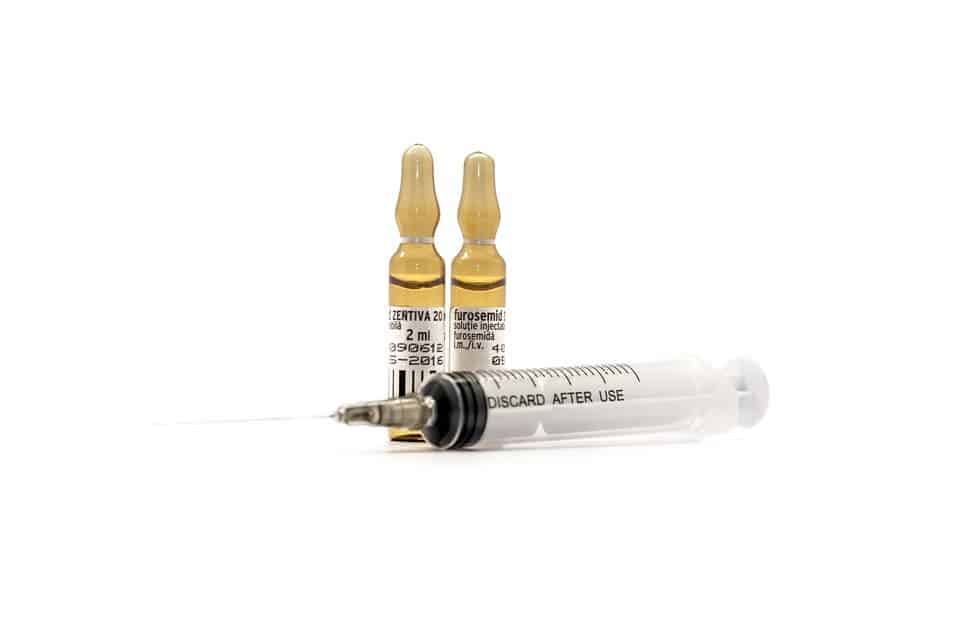
Canadian researchers have devised a new method that can preserve even some of the most heat-sensitives vaccines without the need for refrigeration. Vaccine samples stored using the new sugar-based method were functional even after weeks in desert-like conditions. In the future, this new kind of vaccine storage could revolutionize healthcare especially in remote parts of the developing world where it can be very challenging to move vaccines safely, saving countless lives.
Sugar ‘ice’
A few years ago, Sana Jahanshahi-Anbuhi — one of the new study’s authors and at the time a grad student at McMaster University in Canada — had a bright idea after she studied dissolvable Listerine breath strips. The strips are actually thin sheets made of a type of sugar called pullulan. The researcher knew that sugars can protect fragile biological molecules such as enzymes — but could it work for other biological components such as proteins or even viruses?
The scientists, led by McMaster’s Vince Leung, a recent Ph.D. graduate, and professor Carlos Filipe, quickly got to work. Within some time they had perfected an inexpensive method that uses pullulan to form a barrier that keeps oxygen away from vaccine molecules. The sugar also holds the molecules in place, preventing them from unfolding and breaking up when exposed to high temperature. A second type of sugar, trehalose, protects the vaccine particles from drying out.
During experiments, the research team added herpes and influenza A vaccines — perhaps the most fragile and sensitive vaccines to heat — to a sugar solution which was dried into a thin film. For weeks, the films were stored at 40°C before being retrieved and reactivated. In these conditions, your typical vaccine would be toast within hours.
The vaccines were tested on mice and were found to work as if they were “fresh out of the fridge”. Later testing showed that the flu vaccine was still viable after three months of hot storage while the one for herpes was good for two. The team also tested vaccines for pneumonia and Ebola, which received passing scores, too. According to the researchers, there’s no reason why their method wouldn’t work for any kind of vaccine.
Normally, such vaccines have to be stored in a very cold freezer otherwise they’re useless. Vaccines can be stored in a refrigerator but not for more than a few days. When you have to carry vaccines from A to B there are plenty of occasions when the vaccines can be disrupted by high temperature, especially in hot and rural areas of the globe.
The researchers envision a future where a vaccine-film could be dropped into a vial of saline, shaken for a few seconds, and then immediately injected. Billions of dollars could be saved on wrecked vaccines and storage facilities.
Before this can happen, the sugar-film method needs to be rigorously tested and trialed with humans. It might take more than a decade before it could see live action but the results so far are extremely promising and hopeful.
“This work presents a simple approach that allows thermo-sensitive vaccines to be converted into thermo-stable vaccines that do not require refrigeration, thus contributing to the improvement of vaccine deployment throughout the world,” the authors wrote in their study.
The findings were reported in the journal Scientific Reports.






